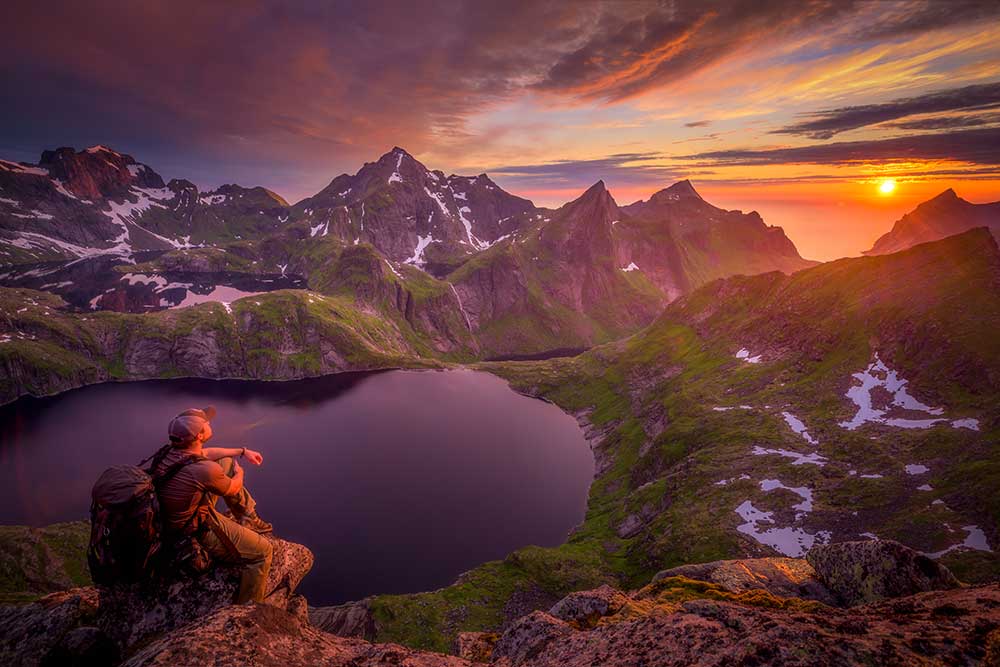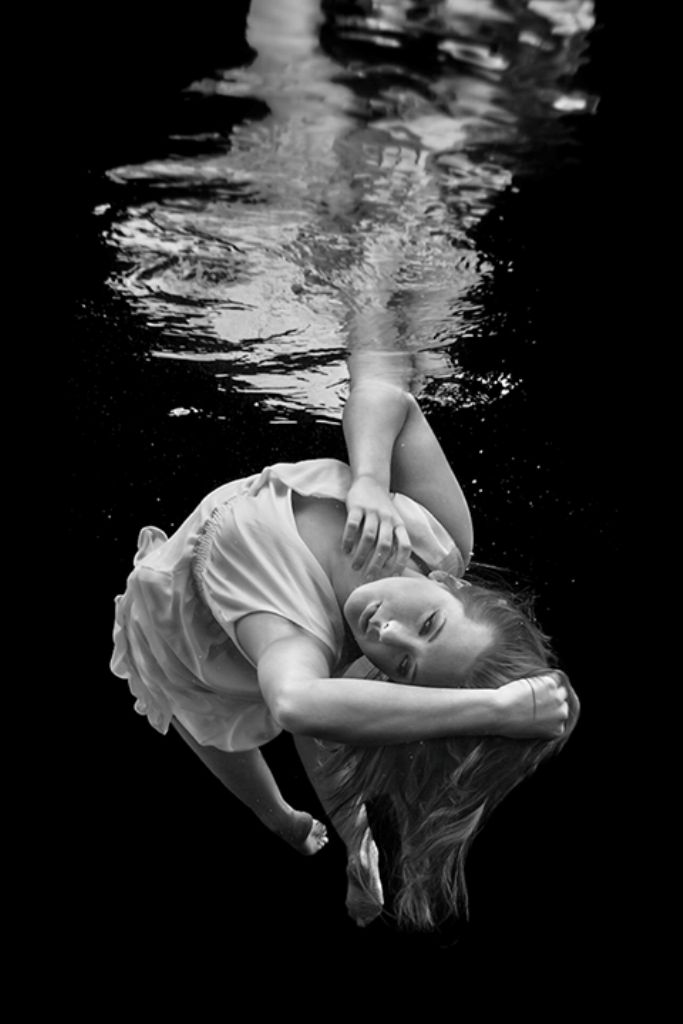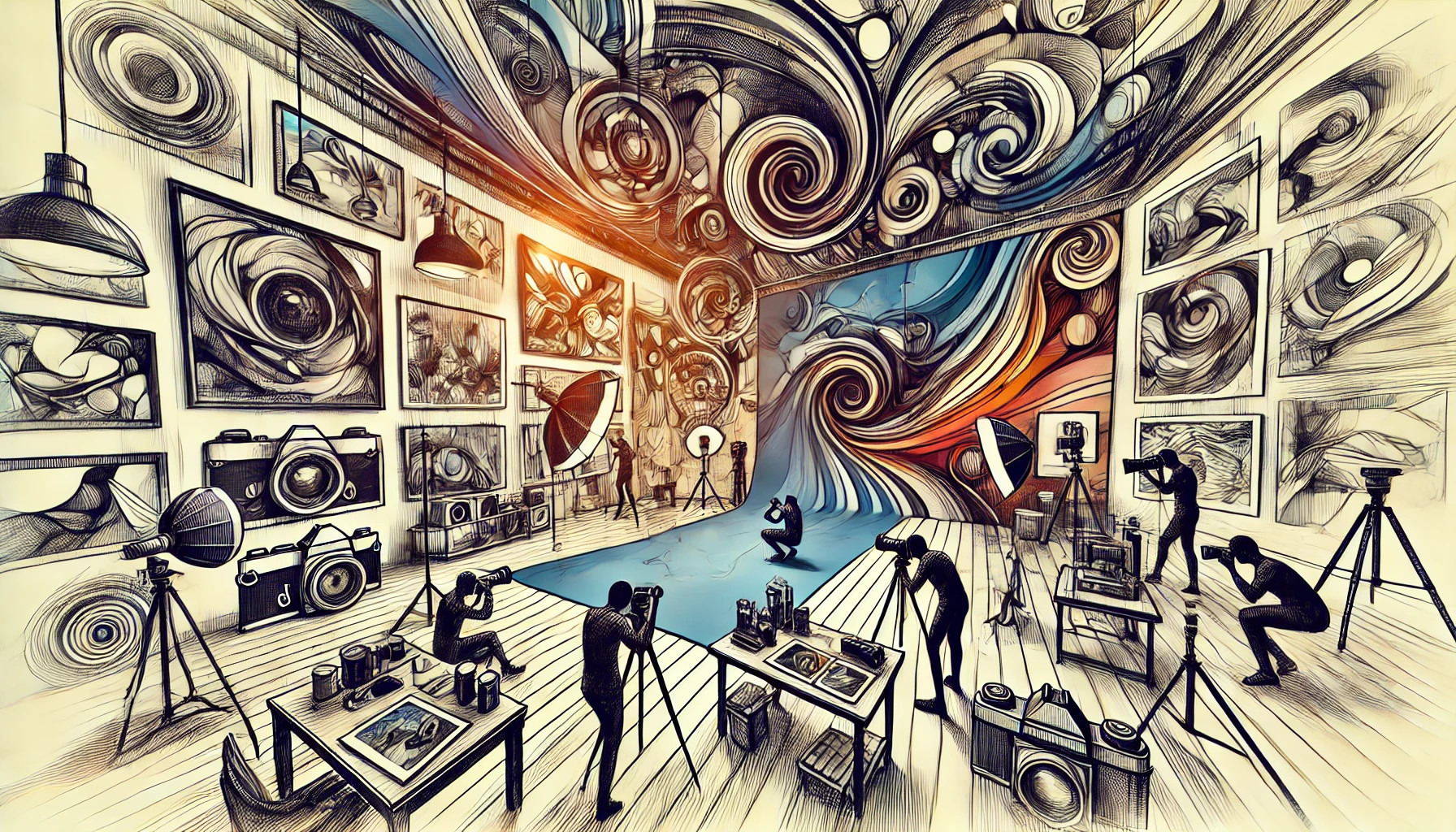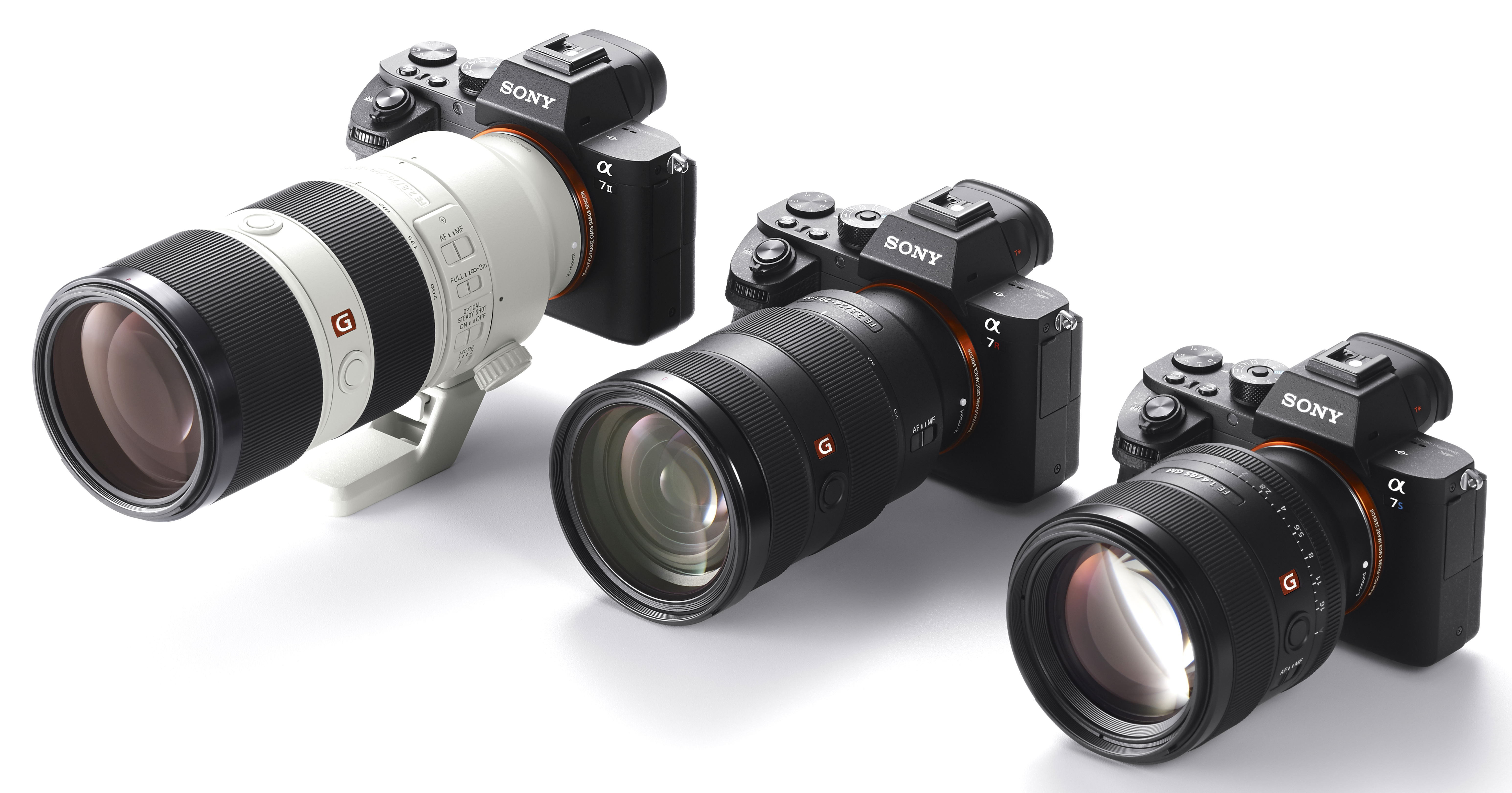Unlocking Creative Potential: Innovating Photography Techniques and Trends

15-12-2024, 09:28 Admin 1 073 0
Photography, undoubtedly, is an art form that undergoes unceasing transformation. With modern technology perpetually advancing, there is an ongoing quest to eclipse traditional methods, catalyzing a surge of innovative techniques and trends. This article will shed light on how contemporary tools and resources are leveraged to unlock the creative potential of today's photographers while optimizing efficiency.
In contemporary photography, efficiency is an essential virtue. As the world rapidly progresses into the digital age, there is an increasing need for photographers to refine their workflows to keep in pace. Fortunately, technology is at hand, boosting the innovative nature of photographic techniques, redefining trends and hugely enhancing the efficiency of the craft.
One of the most defining trends shaping modern photography is computational photography. Exploiting sophisticated hardware and AI-based software, this novel approach transcends the physical limits of traditional cameras. Multiple images are taken at once, with varying exposures and focus points. The data gathered is collated by algorithms to produce a result that is arguably unfathomable in the realm of analog photography. The computational approach not only increases creative freedom but also exponentially boosts speed and efficiency in capturing a perfect shot.
Consider the example of Google's Night Sight feature in Pixel smartphones. This feature works in conjunction with computational photography to produce well-lit images even in absence of good lighting conditions—an unworkable situation with more traditional tools. The software intelligently enhances the lighting in the image whilst maintaining balance and semblance, thereby demonstrating how technology can offer creative solutions without compromising efficiency.
Another emerging trend is drone photography. Aerial shots that were once the exclusive domain of large production houses, can now be achieved by anybody owning a decent drone. Images from such unique perspectives have become popular, and drones are increasingly used in events like weddings and sports, giving birth to a fresh and unique trend in the industry. Moreover, drone technology has become so advanced that features like automated flight patterns, obstacle avoidance, and high-resolution image stabilization are commonly available, making it a highly efficient approach to photography.
Conceptual photography too, with rich symbolism and deep narratives, is redefining the perceptual dimensions of the art. Editing tools like Adobe Photoshop have revolutionized the creation and interpretation of such images. The software aids the conversion of abstract ideas into tangible and shareable entities with unparalleled speed and precision, aiding the photographer’s creative expression without forfeiting efficiency or time.
To sum it up, the course of photography is being significantly shaped by technology and innovation. Trends like computational photography, drone imaging, and digital concept expressions are not only reinviting creativity in the field but also enhancing the efficiency of output generation. So, as we persistently ride this wave of technological innovations, the future holds exciting and unexplored opportunities for all evolving photography enthusiasts. It's a thrilling time to partake in and observe the transformation of this captivating art form.
In contemporary photography, efficiency is an essential virtue. As the world rapidly progresses into the digital age, there is an increasing need for photographers to refine their workflows to keep in pace. Fortunately, technology is at hand, boosting the innovative nature of photographic techniques, redefining trends and hugely enhancing the efficiency of the craft.
One of the most defining trends shaping modern photography is computational photography. Exploiting sophisticated hardware and AI-based software, this novel approach transcends the physical limits of traditional cameras. Multiple images are taken at once, with varying exposures and focus points. The data gathered is collated by algorithms to produce a result that is arguably unfathomable in the realm of analog photography. The computational approach not only increases creative freedom but also exponentially boosts speed and efficiency in capturing a perfect shot.
Consider the example of Google's Night Sight feature in Pixel smartphones. This feature works in conjunction with computational photography to produce well-lit images even in absence of good lighting conditions—an unworkable situation with more traditional tools. The software intelligently enhances the lighting in the image whilst maintaining balance and semblance, thereby demonstrating how technology can offer creative solutions without compromising efficiency.
Another emerging trend is drone photography. Aerial shots that were once the exclusive domain of large production houses, can now be achieved by anybody owning a decent drone. Images from such unique perspectives have become popular, and drones are increasingly used in events like weddings and sports, giving birth to a fresh and unique trend in the industry. Moreover, drone technology has become so advanced that features like automated flight patterns, obstacle avoidance, and high-resolution image stabilization are commonly available, making it a highly efficient approach to photography.
Conceptual photography too, with rich symbolism and deep narratives, is redefining the perceptual dimensions of the art. Editing tools like Adobe Photoshop have revolutionized the creation and interpretation of such images. The software aids the conversion of abstract ideas into tangible and shareable entities with unparalleled speed and precision, aiding the photographer’s creative expression without forfeiting efficiency or time.
To sum it up, the course of photography is being significantly shaped by technology and innovation. Trends like computational photography, drone imaging, and digital concept expressions are not only reinviting creativity in the field but also enhancing the efficiency of output generation. So, as we persistently ride this wave of technological innovations, the future holds exciting and unexplored opportunities for all evolving photography enthusiasts. It's a thrilling time to partake in and observe the transformation of this captivating art form.
Related News
Leave a Comment


